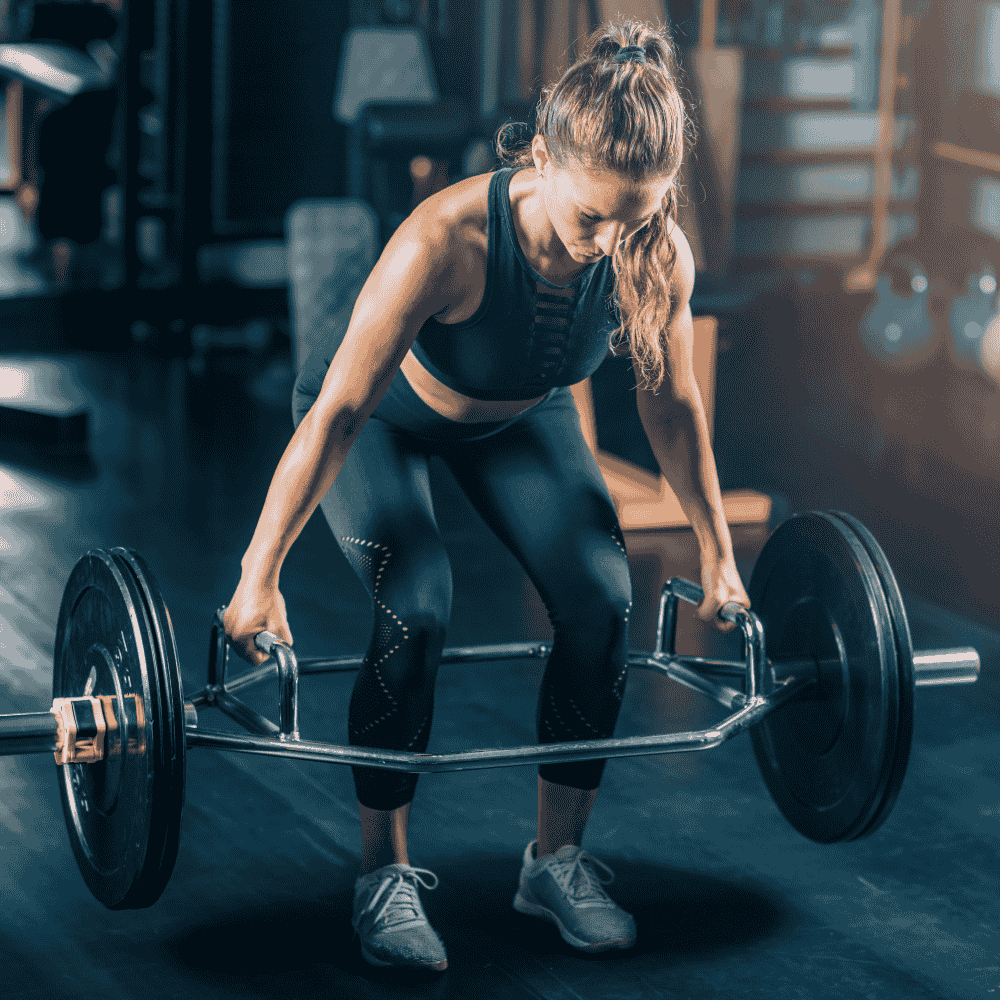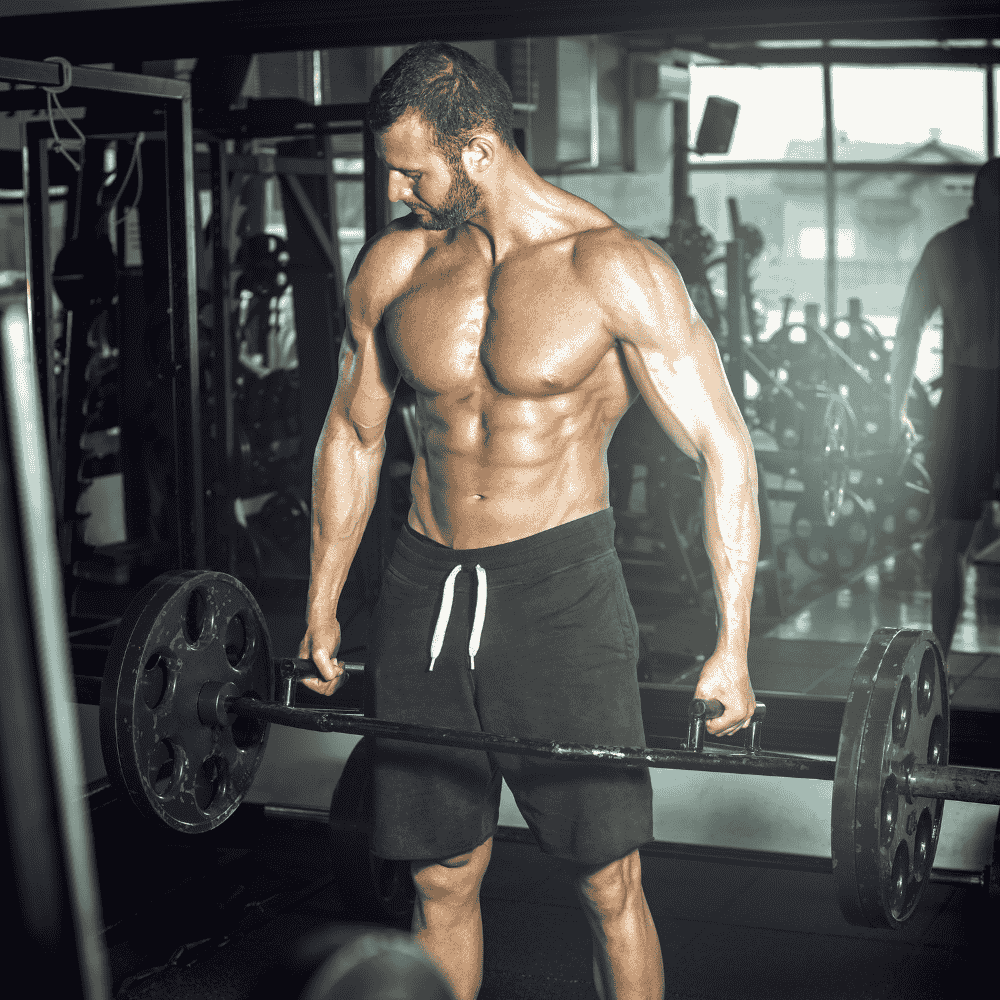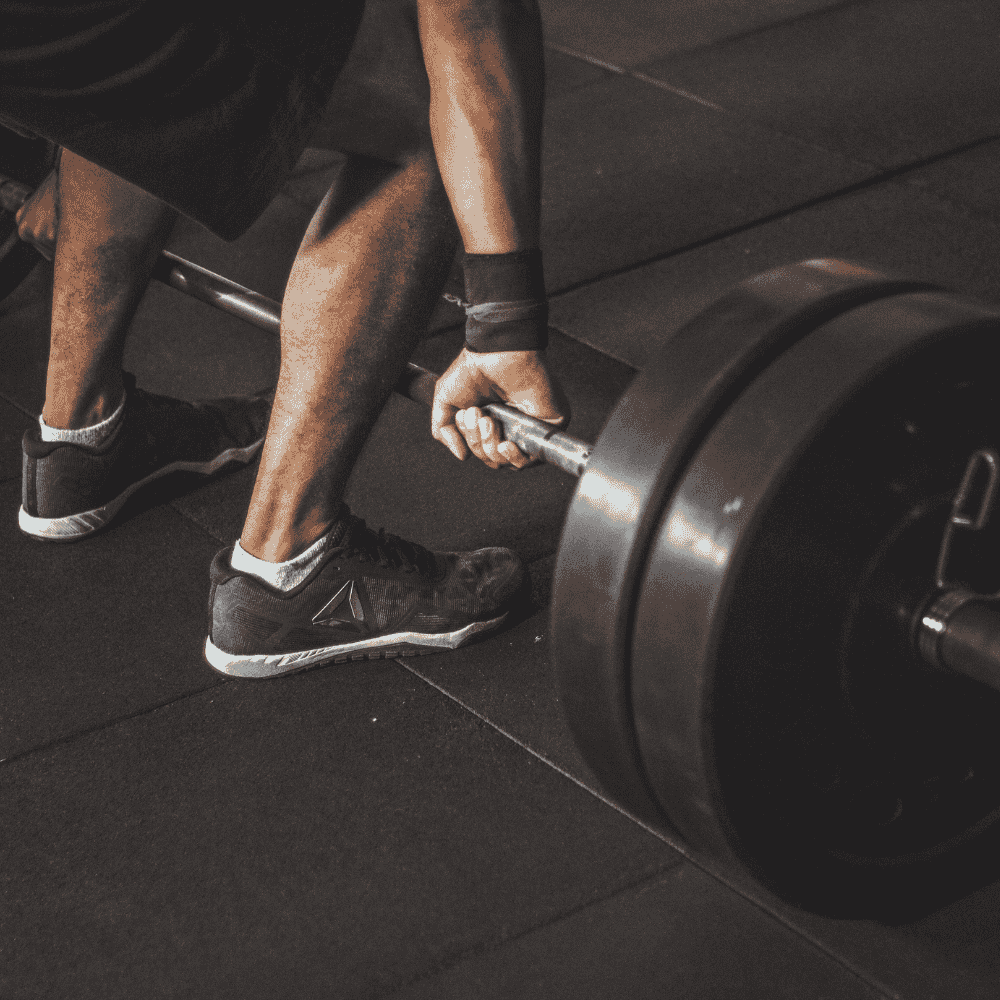If you’ve ever spent time in a gym, you’ve probably noticed athletes with brightly coloured bands wrapped around their wrists.
These are wrist wraps, and they’re a common sight among weightlifters and fitness enthusiasts.
But the question remains: do you really need wrist wraps for lifting?
Let’s delve into what wrist wraps are, their benefits, and whether they’re the right gear for you.
What Are Wrist Wraps?
Wrist wraps are strips of cloth, typically made from a blend of cotton, polyester, and elastic, designed to provide additional support to the wrist joint.
They come in various lengths and thicknesses, allowing users to choose the level of support and stability they need.
The primary purpose of wrist wraps is to stabilize the wrist during heavy lifting, reducing the risk of injury and enhancing performance.

Benefits of Using Wrist Wraps
Enhanced Support: One of the main advantages of wrist wraps is the added support they offer.
When lifting heavy weights, your wrists can become strained, leading to discomfort or injury. Wrist wraps help to keep your wrist in a neutral position, reducing the stress placed on the joint and allowing you to lift more safely and effectively.
Injury Prevention: By stabilising the wrist, wrist wraps can prevent common injuries such as sprains, strains, and tendonitis.
This is particularly important for exercises that put a lot of pressure on the wrist, like bench presses, overhead presses, and certain Olympic lifts.
Increased Performance: Many lifters find that using wrist wraps allows them to lift heavier weights and perform more repetitions.
This is because the added support helps to reduce fatigue in the wrist and forearm, allowing you to focus more on the target muscles.
Confidence Boost: Knowing that your wrists are supported can give you the confidence to push your limits and try new lifts.
This mental boost can be just as important as the physical benefits, helping you to achieve your fitness goals more quickly.
When to Use Wrist Wraps
While wrist wraps offer many benefits, they aren’t necessary for every workout. Here are some guidelines on when to use them:
Heavy Lifting: If you’re performing heavy lifts, particularly those that place significant stress on your wrists, such as bench presses, shoulder presses, and snatches, wrist wraps can be very beneficial.
High Volume Training: During high volume workouts, where you’re doing many sets and reps, wrist wraps can help to reduce fatigue and maintain proper form.
Injury Recovery: If you’re recovering from a wrist injury, using wrist wraps can provide the support needed to continue training safely.
When Not to Use Wrist Wraps
Light Lifting: For lighter weights and exercises that don’t place much strain on the wrists, it’s better to build natural wrist strength without the use of wraps.
Technique Development: Beginners should focus on developing proper lifting techniques without relying too heavily on gear.
This helps to build a strong foundation and ensures that you’re using the correct muscles for each lift.
Choosing the Right Wrist Wraps
When selecting wrist wraps, consider the following factors:
Length: Longer wraps provide more support and are ideal for heavy lifting, while shorter wraps are more comfortable for general workouts.
Material: Look for wraps made from durable materials that offer a good balance of support and flexibility.
Closure: Most wrist wraps use Velcro closures, which are easy to adjust and secure.
Wrist wraps can be a valuable addition to your gym gear, offering support, preventing injuries, and enhancing performance.
However, they’re not necessary for every workout and should be used judiciously.
If you’re serious about lifting and want to take your training to the next level, investing in a good pair of wrist wraps can make a significant difference.
Ready to give your wrists the support they need?
Check out our selection of high-quality wrist wraps at KEFL and take the first step towards safer, more effective lifting.
Your wrists will thank you!









